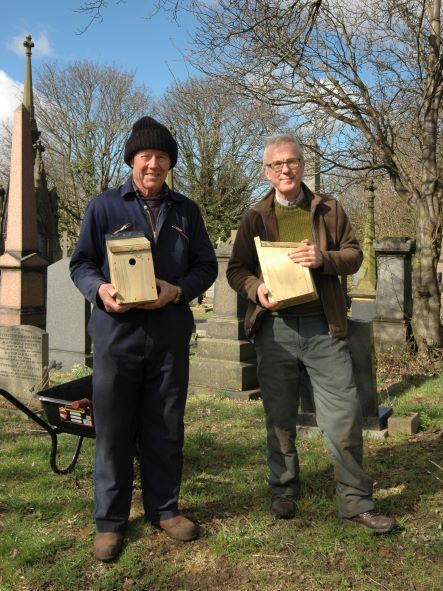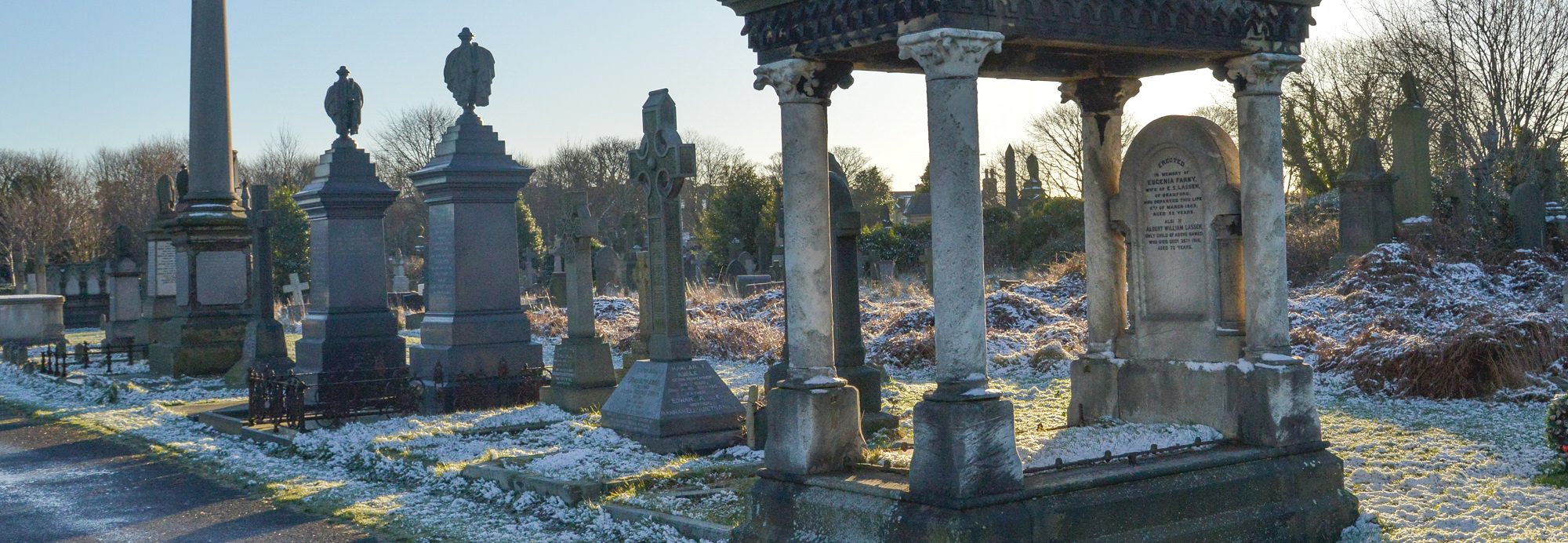Ecology
When Undercliffe Cemetery was opened in 1854 public parks were few and far between. Undercliffe Cemetery was originally designed both as a cemetery and as a formal parkland where people could spend recreational time.
The Cemetery was very well maintained and had a number of characteristic cultivated garden features including formal lawns, flower beds, shrubberies, feature trees in addition to the planting and upkeep of individual graves. The perimeter of the cemetery was planted with different species of trees and hedgerows. This work was carried out by a team of gardeners supervised by a head gardener who lived in the Lodge house at the Otley Road entrance. On the site of the current car park were a number of large Greenhouses together with seed and growing beds.
When the Bradford Cemetery Company went out of business in 1975 the cemetery suffered a period of neglect during which the area began to quickly revert to a more natural state. One effect of this was that different species of plant and animals began to move in including a number of invasive species.
Today the cemetery is a mixture of maintained areas and sections that have been left as wildlife habitats. The Cemetery is not only an important repository of social history but also a vital habitat for many species of flora and fauna.
A couple of leaflets on aspects of the ecology of the site are available for viewing online, just click on the highlighted text here.



